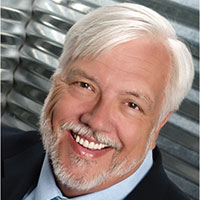As I listen to those rumblings of “too many NPs and PAs,” I wonder if this is a mirror to that GMENAC response. Have the NP and PA professions worked so hard to offset the physician shortage (real or imagined) that we may face a glut of NPs and PAs? If so, the concern is that within five to 10 years, we won’t have employment opportunities for all of them. That’s the fear driving these whispers, isn’t it?
As far back as 2000—when this conversation was in its infancy—Dehn and Cawley discussed the consequences of expanding the supply of NPs and PAs. They questioned how the number of, and demand for, NPs and PAs would be balanced in America’s future health care marketplace and wondered if a sharp growth in NP and PA graduates (in conjunction with similar increases in other health professions) could surpass demand and prompt an oversupply, resulting in underemployment and market saturation.11
So, is it time to pause and take another look at the numbers and needs? Maybe. But I believe one of the aspects we must continue to focus on is the quality of our professions. In the wake of the projected physician shortage, the NP profession developed its Doctor of Nursing Practice and the PA profession added postgraduate training opportunities in specific specialties. These not only enhance NPs’ and PAs’ professional credentials—they equip us to provide better patient care. At the end of the day, our ability to care for patients will be the rubric upon which we are judged.
We’ve already been making the case for our professions and gaining recognition throughout this process. When Salsberg wrote about the physician shortage in Health Affairs (2015), he reminded us that a critical factor is the supply and availability of clinicians other than physicians (NPs, PAs, midwives) who can make a significant contribution to access and efficiency of health care. He called for NPs and PAs to be fully integrated into the delivery system and to be allowed scope of practice consistent with their education and training.7
Continue to: Both NPs and PAs have become...

